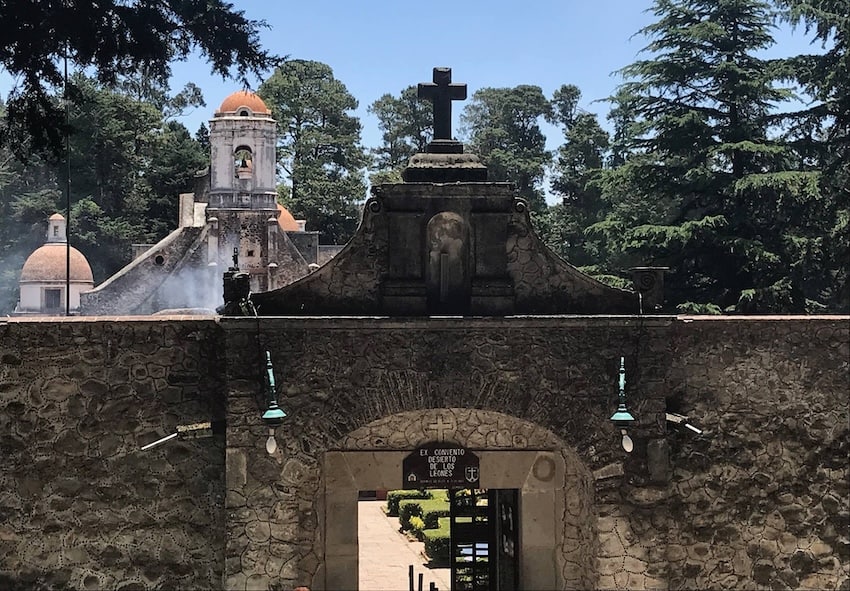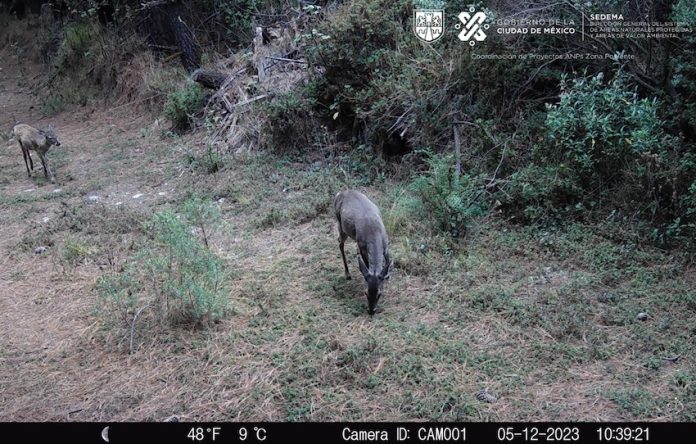Since the Mexico City Environment Ministry (Sedema) installed camera traps in the Desierto de los Leones National Park in July 2021, several new species have been recorded that were not previously known to inhabit the area.
In total, there have been 2,501 sightings of different fauna species since the cameras were first installed, of 34 different mammal and bird species.

Environment Minister Marina Robles told El Universal newspaper that the sightings indicate a “healthy environment” because the camera traps have spotted predators from the top of the food chain, which require “a … robust and abundant food chain to exist.” She added that “the fact we have an increased presence of these predators, such as the American lynx, the gray fox, the coyote … shows us that we have an increasingly healthy food chain.”
Camera traps are specialized and non-invasive tools that help determine the conservation status of species, and generate a diagnosis of the current fauna in the area of study.
From July 23, 2021 to Oct. 26, 2023, camera traps recorded 109 American lynxes, 44 coyotes, 129 white-tailed deer, one nine-banded armadillo and 69 gray foxes.
The gray fox was not previously known to be resident in the national park and has now been included in conservation plans.
Destaca el registro de una especie nunca antes reportada en el Área Natural Protegida: el Coatí de nariz blanca, que usualmente vive en hábitats boscosos templados y tropicales 🤩 #CiudadSustentable @GobCDMX @martibatres @mroblesg
2/4🧵 pic.twitter.com/JYws2b9YN0— Secretaría del Medio Ambiente (@SEDEMA_CDMX) November 29, 2023
A white-nosed coati, seen in this camera trap footage from the park.
The cameras also recorded a species never before reported in the Desierto de los Leones: the white-nosed coati, which usually lives in temperate and tropical forest habitats.
As part of the Biodiversity Monitoring Program in Mexico City, Sedema also installed five cameras in the Insurgente Miguel Hidalgo y Costilla National Park last summer.
This park, popularly known as La Marquesa, has since recorded sightings of wild rabbit, northern cacomixtle and red-bellied squirrel between July and October.
According to Sedema, the objective is to install 11 cameras, covering 525,048 hectares of the park. Installing specialized equipment in Mexico City’s Protected Natural Areas enables biodiversity monitoring used to implement conservation strategies.
With reports from El Universal
